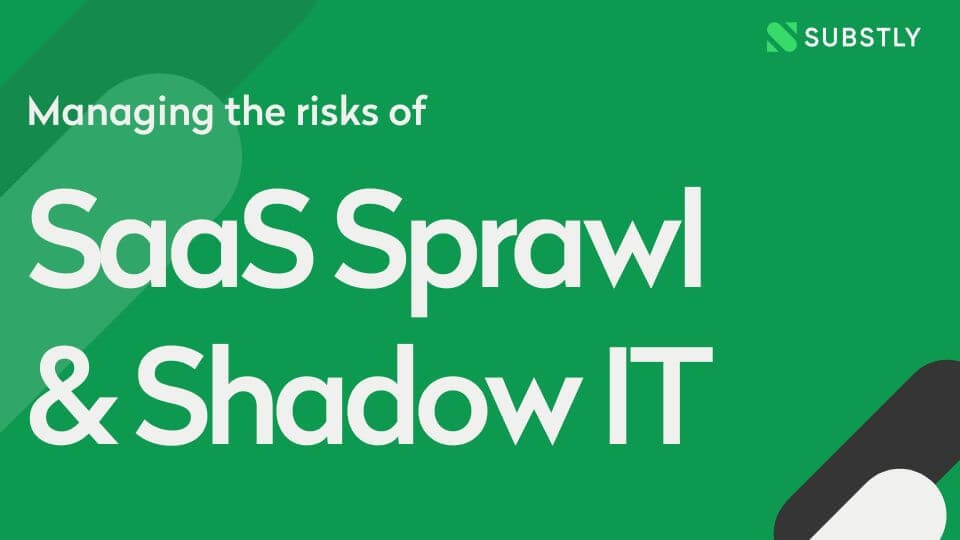Poorly managed subscription-based services and licences are one of the biggest reasons companies leak classified information. In general, companies need better control over their employees' subscriptions, which means that old employees may have access to subscriptions when they leave the company.
According to a company study by Osterman Research, as many as 89% of employees still have access to at least one application from their previous employer. 70% of the companies that participated in the study also admitted that they had experienced that former employees took confidential information with them when they left the company.
A professional off-boarding or a painful farewell?
One would like to think that one's employees would never leave the company on bad terms, but that is not the case. Employees quit because of dissatisfaction with the employer, internal conflicts, or one is fired. That's the reality.
Regardless of whether an employee has left on good or bad terms, you want to be able to terminate the person's employment as soon as possible without complications. But if you have mismanaged your company's subscription management, the professional ending instead risks becoming a long and painful farewell.
When your business grows, more subscriptions are acquired, and you will quickly find yourself in a situation where old employees still have access to old accounts. You email the former employee but are still waiting to receive a response. You call the person but get no answer. A whole workday passes, and finally, the person calls, and with a trembling voice, you ask about the login details and password for that service. Then a few weeks later, you do the same thing again. All because of poor subscription management.
If you're lucky, you get away with only the emotional embarrassment in the above case; if you are unlucky, confidential information spreads outside company walls.
1. Manage your digital subscriptions
Track which employees use which subscriptions. This way, you can get an overview of which subscriptions people access and quickly terminate them when they leave your company.
Managing your company's subscriptions and licenses in a structured process is essential to avoid potential data leaks. A subscription management tool can make a difference and help create a smooth and well-working process.
2. Distribute responsibilities between departments and employees
Instead of letting a person in an individual department handle the entire company's digital subscription services, you should share the burden.
There are better ways than letting a person be responsible for keeping track of all digital subscriptions and user licences alone. Instead, could you distribute the work among staff and use a tool where your team leaders can get an overview? Having transparency between departments will open up exciting opportunities and insights.
3. Onboarding
When onboarding a new employee, you need to know to which department the employee will belong. Then add that person to the group and create accounts for different services. Ask the service owner to create one if you don't have access to the service and cannot make the account.
4. Continuous updating through surveys
It can feel like a waste of time to let employees answer questions about which subscriptions they use and which do not. But the fact is that in the long run, it saves time.
Usually, issues related to subscription management should be given more priority within a company. It tends to get messy when it's time to look at who has access to which subscriptions. We recommend continuously sending out a survey to new employees and everyone in the team. With the survey, the employees fill in which subscription services and applications they use.
5. Offboarding
For off-boarding to be as smooth as possible, it's a prerequisite that the point above are followed – The better preparation, the less finishing work is required. Following the previous steps, you should quickly see subscriptions and applications connected to the person leaving the company.
If you don't track which subscriptions, apps or other services employees' can access, you risk they might access company information they shouldn't have access to after their employment has ended. And in the worst case, they spread classified information and put your company in danger.
6. The importance of managing free subscriptions
The chance that companies that manage their subscriptions also list all free subscriptions connected to the company is minimal, as these services have no financial risk. Many people need to think or learn about the significant security risk of not keeping track of which employees use the company's free subscriptions.
Free services often tend to be treated more loosely than paid services, even though they shouldn't be. A free service can contain as much company data as a paid service and should be treated similarly from a data security perspective. So make sure always to link the right services to the right person, whether it is a paid or free service.
Related articles
SaaS Management: What is it, tips for getting started & best practices
Offboarding an employee - Processes, Practices & Security
SaaS User Management: A Comprehensive Guide for Small & Mid-Sized Businesses





